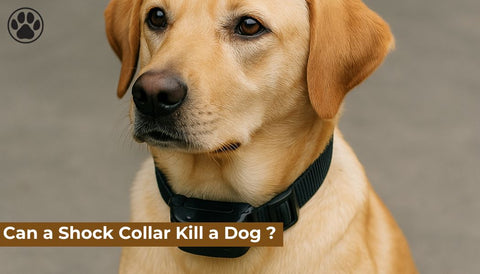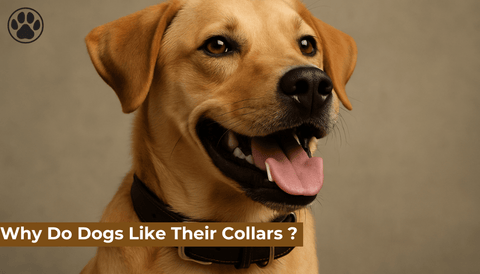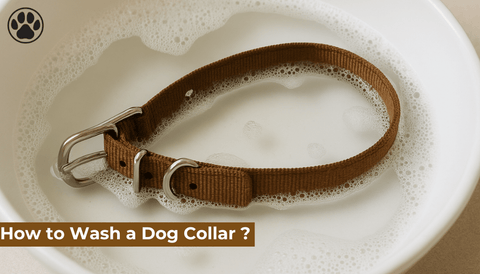
Why Are My Dog’s Eyes Red ?
of reading - words
If you’ve noticed redness in your dog’s eyes, you may be wondering whether it’s a minor irritation or a sign of a more serious health issue. Red eyes in dogs can result from various causes, ranging from allergies to infections and underlying medical conditions. Understanding the potential causes and knowing when to seek veterinary care is essential for your dog’s eye health.
Common Causes of Red Eyes in Dogs
1. Allergies
Dogs can develop allergic reactions to environmental factors like pollen, dust, smoke, or household chemicals. Red, watery eyes, along with itching and sneezing, may indicate seasonal or environmental allergies.
2. Conjunctivitis (Pink Eye)
Conjunctivitis, also known as pink eye, is a common cause of red eyes in dogs. It occurs due to bacterial, viral, allergic, or irritant-induced inflammation of the conjunctiva. Symptoms may include eye discharge, swelling, and excessive blinking.
3. Dry Eye (Keratoconjunctivitis Sicca - KCS)
Dogs with Keratoconjunctivitis Sicca (KCS) experience reduced tear production, leading to dry, inflamed, and red eyes. This condition can cause discomfort, frequent blinking, and thick eye discharge. Breeds like Bulldogs, Cocker Spaniels, and Shih Tzus are more prone to dry eye.
4. Glaucoma
Glaucoma is a serious condition caused by increased intraocular pressure in the eye. It can lead to severe pain, redness, cloudy corneas, and vision loss. If left untreated, glaucoma may cause permanent blindness.
5. Corneal Ulcers
Corneal ulcers occur when the surface of the eye is damaged due to scratches, infections, or foreign objects. Symptoms include red eyes, squinting, excessive tearing, and light sensitivity. Immediate veterinary attention is needed to prevent complications.
6. Eye Infections
Bacterial and viral eye infections can cause red, swollen, and watery eyes, often accompanied by yellow or green discharge. Contagious infections, such as canine distemper, require prompt treatment.
7. Foreign Objects
Dust, dirt, or small debris can enter your dog’s eyes, leading to irritation, redness, and excessive blinking. If a foreign object is embedded, it may cause further damage and require medical attention.
8. Uveitis
Uveitis is the inflammation of the uvea (middle layer of the eye) and can be caused by infection, trauma, or autoimmune diseases. Symptoms include red eyes, eye pain, squinting, and light sensitivity.
9. Entropion and Ectropion
Certain breeds, such as Shar-Peis and Bloodhounds, are prone to entropion (eyelids rolling inward) or ectropion (eyelids rolling outward). These conditions can lead to chronic irritation, redness, and increased tear production.
10. Cherry Eye
Cherry eye occurs when the third eyelid gland prolapses, leading to a red, swollen mass in the corner of the eye. This condition is common in Bulldogs, Beagles, and Cocker Spaniels and often requires surgical correction.
Symptoms to Watch For
If your dog’s eyes appear red, look out for these additional warning signs:
-
Excessive blinking or squinting
-
Watery, yellow, or green discharge
-
Swollen eyelids or eye area
-
Cloudy or hazy cornea
-
Frequent rubbing or pawing at the eyes
-
Increased tear production
-
Light sensitivity or avoidance of bright areas
Diagnosis and Treatment
1. Veterinary Examination
Your veterinarian will conduct a thorough eye examination to determine the cause of redness. Diagnostic tests may include:
-
Fluorescein Staining: Checks for corneal ulcers or scratches.
-
Schirmer Tear Test: Measures tear production for dry eye diagnosis.
-
Tonometry: Tests for glaucoma by measuring intraocular pressure.
-
Bacterial Cultures & Blood Tests: Identifies infections or underlying diseases.
2. Treatment Options
The treatment for red eyes depends on the underlying cause:
-
For Allergies: Antihistamines, eye drops, and environmental management.
-
For Infections: Antibiotic or antiviral eye drops.
-
For Dry Eye: Tear supplements and medication to stimulate tear production.
-
For Glaucoma: Medications to reduce intraocular pressure or surgery in severe cases.
-
For Corneal Ulcers: Eye drops, antibiotics, and protective collars to prevent further damage.
-
For Cherry Eye: Surgical correction to reposition the gland.
Prevention Tips
To reduce the risk of eye problems in your dog, follow these simple preventative measures:
-
Regular Eye Cleaning: Wipe your dog’s eyes with a damp cloth to remove dirt.
-
Avoid Exposure to Irritants: Keep your dog away from smoke, chemicals, and dust.
-
Grooming Maintenance: Trim long fur around the eyes to prevent irritation.
-
Routine Veterinary Check-Ups: Early detection of eye conditions can prevent complications.
-
Use Protective Eyewear: For active dogs prone to debris exposure, protective goggles may help.
Frequently Asked Questions (FAQ)
1. When should I be worried about my dog’s red eyes?
If redness persists for more than 24 hours, or is accompanied by swelling, discharge, squinting, or vision loss, seek veterinary care immediately.
2. Can I use human eye drops on my dog?
No, human eye drops can be harmful to dogs. Only use veterinarian-prescribed medications.
3. Are red eyes in dogs contagious?
If caused by infections like conjunctivitis, it may be contagious to other dogs. Isolate affected pets and clean their environment.
4. Can diet affect my dog’s eye health?
Yes, a nutrient-rich diet with antioxidants supports healthy eyes. Include foods high in vitamins A, C, and E.
5. What home remedies can I try for mild cases?
For mild irritation, rinse your dog’s eyes with sterile saline solution. However, for persistent issues, consult a vet.
Conclusion
Red eyes in dogs can stem from minor irritations to serious medical conditions. Observing symptoms and seeking timely veterinary care ensures the best outcome for your pet’s eye health. Whether due to allergies, infections, or underlying diseases, understanding the cause helps in providing proper treatment and prevention.




